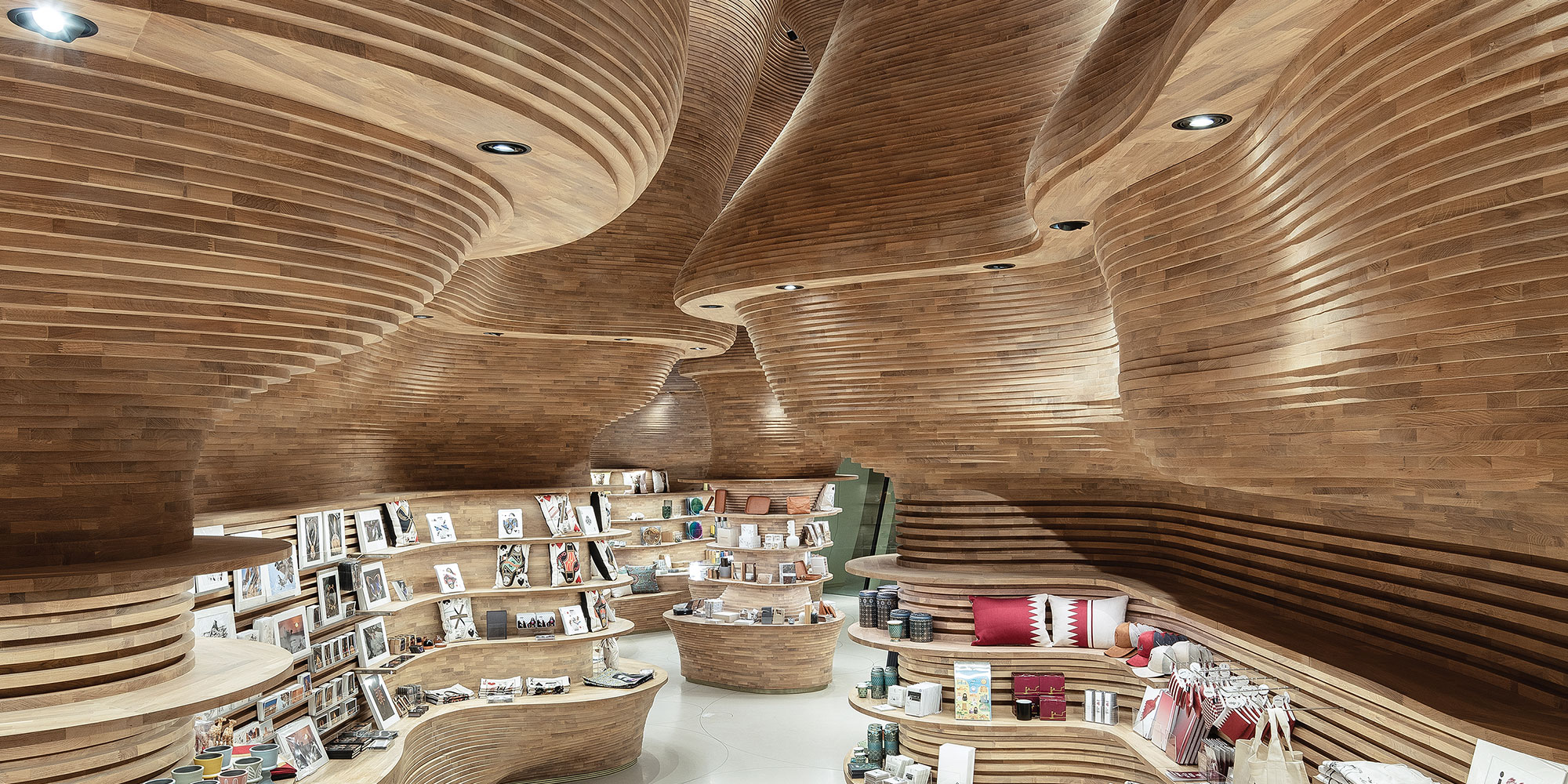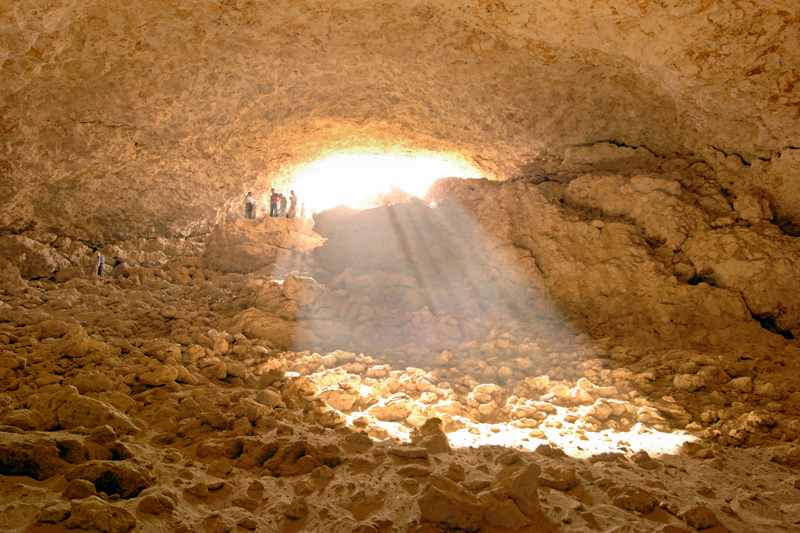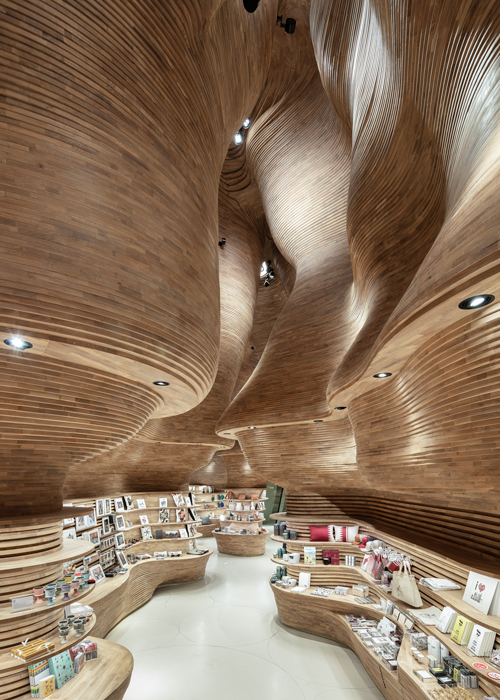
Koichi Takada’s Quest to Rewild Cities
An architect who sees cities as gardens
- Text by Charlene Co
- Photos Courtesy of Koichi Takada Architects
There’s an organic concerto in the way Koichi Takada’s structures move: each curve and contour composed like a melody of wood and light, resonating with the natural world while rewriting the language of the urban landscape.

Step inside the National Museum of Qatar’s museum shop, and this feeling becomes palpable. The space is wrapped in sweeping, sinuous woodwork that feels less constructed and more as if it has grown organically—curving, layering, and folding in gentle rhythms, much like the contours of Dahl Al Misfir, the Cave of Light. Over 40,000 individual pieces of wood come together in an intricate three-dimensional jigsaw that mimics the delicate formations of fibrous gypsum crystals glowing faintly in the desert dark.

This ethereal space is the handiwork of Koichi Takada, who, unlike many of his peers, rejects the hard lines and sterile functionality of much modern architecture. Nature is never stagnant; it is, instead, responsive and involved. Buildings should do the same. To Takada, architecture is not merely about shelter; it is an invitation to connect, to feel, to belong.

An Australian architect of Japanese origin, Takada’s relationship with nature began in the idyllic fields of western Tokyo, where he grew up beside rice paddies and a tranquil river. His father’s modest house, surrounded by the rhythm of seasons, was a refuge from the accelerating city beyond.
Inspired for a Beautiful Life
Related Articles

Healing Travel
From meditation to holistic spas, enhance your well-being at these six wellness treatment destinations.













